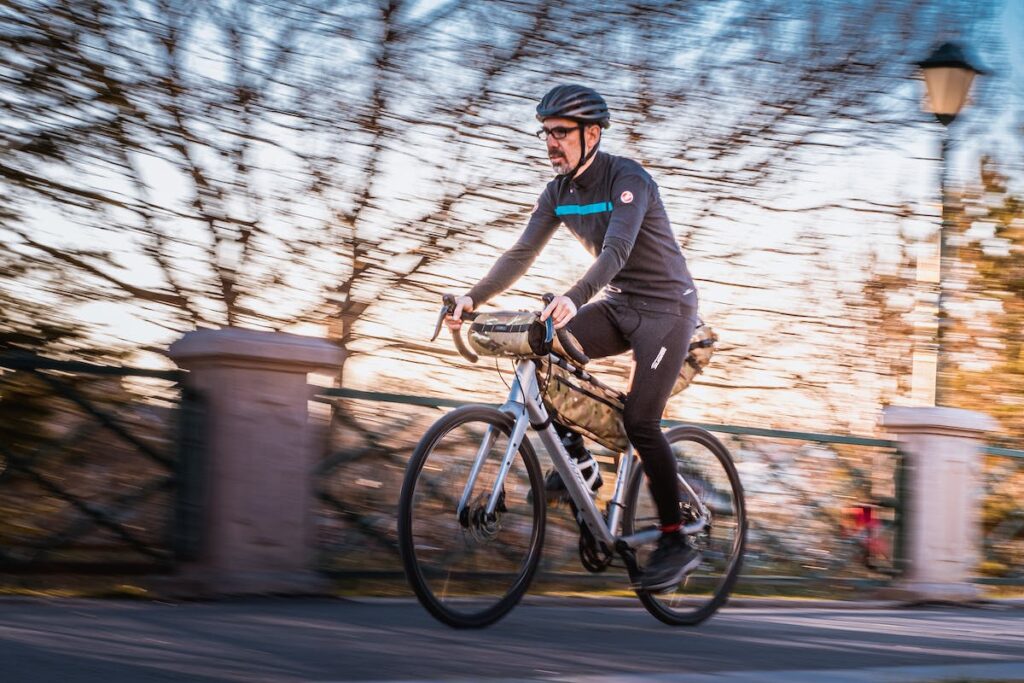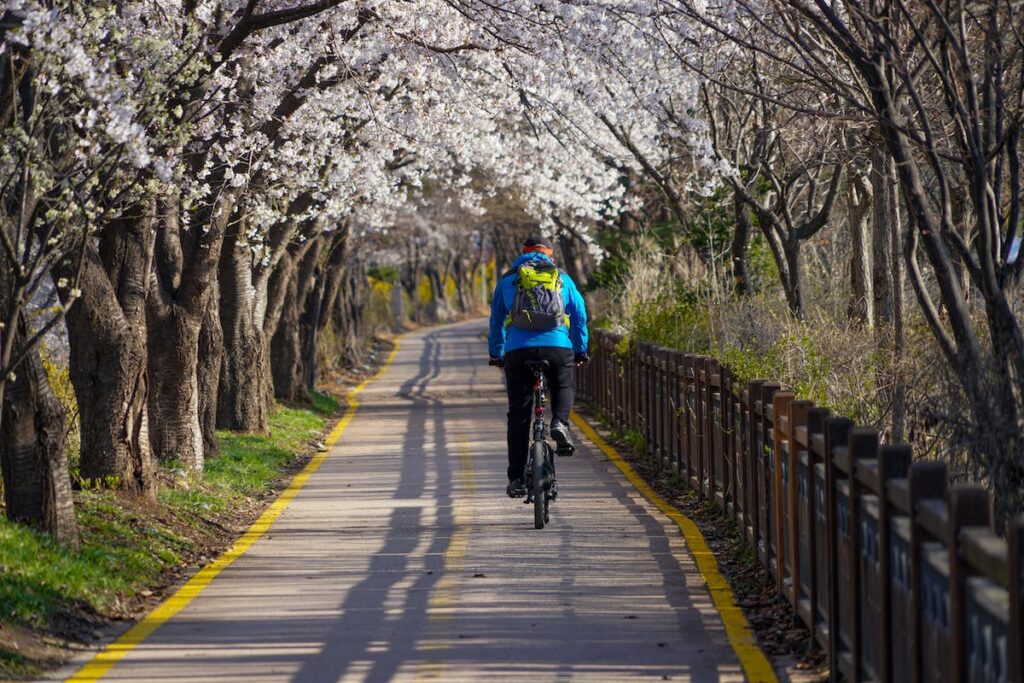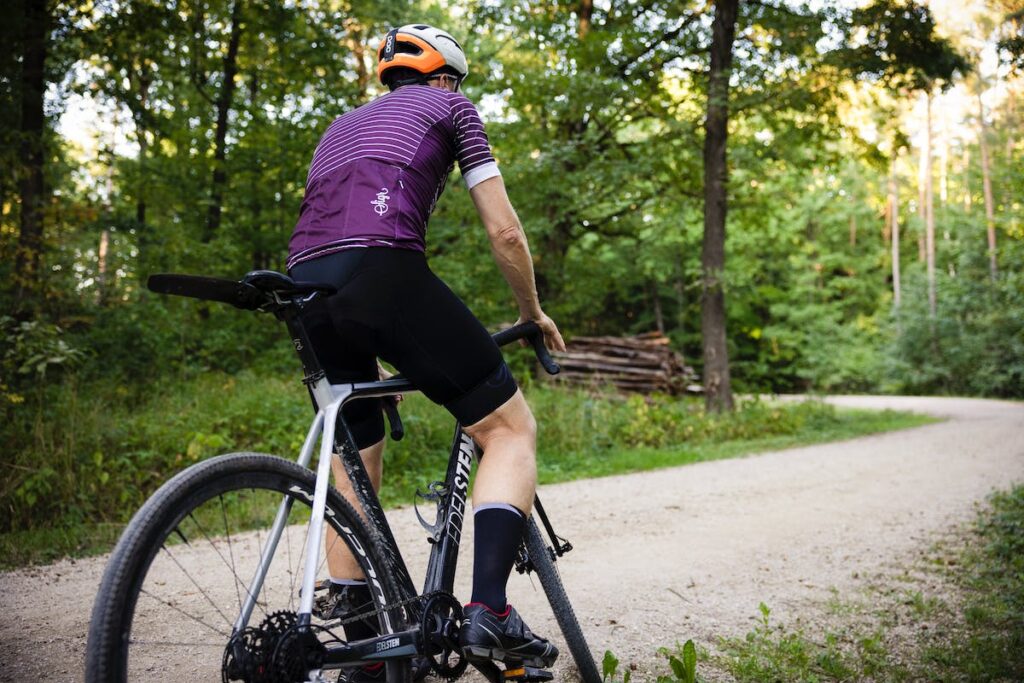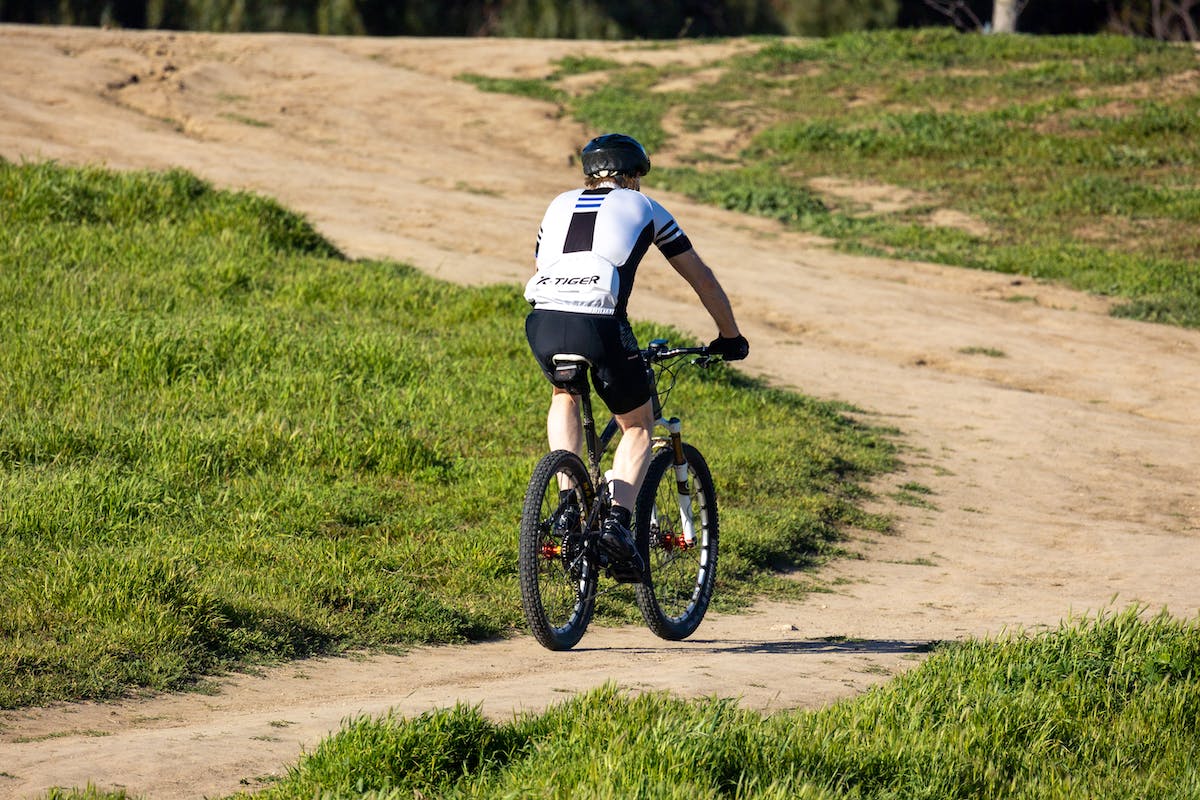Creating a route for cyclists may be a fun and gratifying activity. Having a bike route can lead you to interesting new locations in addition to being a fantastic way to keep active. To see new scenery, you can either explore your neighborhood or travel beyond. You can design a bicycle route that is specific to your interests, such as a stop at a favorite coffee shop or a scenic side trip. In addition, you’ll feel proud of having created something special and personalised to your tastes.
Here are some steps to help you create your own cycling route:
1. Determine your goals and preferences:

It’s vital to keep the purpose of your ride in mind when choosing a bicycle route. Are you looking for a path for commuting, a strenuous workout, or a relaxing scenic route? It’s also very important to decide on the distance and amount of difficulty that you are comfortable with.
You should also think about the scenery you want to see and any particular sites you wish to see. For instance, you might want to pick a route that passes through scenic locations if you prefer cycling through forests or along waterfronts. Alternatively, you could plan your itinerary if you’re interested in stopping by particular sights or attractions.
2. Research your area:

It’s essential to become familiar with your location before beginning to cycle in a new area. You can use this to locate bike lanes, trails, and roads that are appropriate for cycling as well as any potential dangers or obstructions you might run into.
Checking out internet resources like cycling forums, neighborhood riding groups, and websites that offer pre-made bike routes or let you design your own is one method to achieve this. These resources can offer useful details about the local cycling environment, well-traveled routes, and other elements that might influence your trip.
Additionally, you might seek advice from seasoned bikers in your neighborhood. They may offer helpful advice on the finest paths and routes as well as pointers for remaining safe while driving.
3. Plan your route:

It’s necessary to start organizing your itinerary when you’ve been familiar with the local roads and hiking trails. Using online mapping applications like Google Maps, MapMyRide, Ride with GPS, or Komoot is among the most effective ways to accomplish this.
You may identify bike-friendly roads and trails using the features on these platforms that are frequently designed specifically for cycling. They might draw your attention to bike lanes or trails and display the elevation variations along the way, for instance. Your travel planning will be more pleasurable and secure as a result.
When using these tools, all you need to do is enter your starting point and destination, and the platform will recommend a route for you. The route can then be modified as necessary by adding or removing waypoints to create a personalized path that suits your requirements.
You might wish to think about utilizing a GPS device or cycling computer in addition to online mapping resources to aid with route navigation. These gadgets can show you your heart rate and other performance indicators, track your pace and distance, and give you turn-by-turn directions.
4. Customize your route:

It’s paramount to customize your bike route to suit your needs and tastes. This will make it more likely that your journey will be fulfilling and pleasurable.
Include particular attractions or picturesque areas that you want to see along the trip as a way to customize your route. For instance, you could wish to incorporate a stop at a nearby park, a breathtaking vista, or a significant historical site. You may make your journey more fun and memorable by include these points of interest in your itinerary.
Another method to customize your route is to change the length or level of difficulty to fit your level of fitness and time constraints.
5. Check for safety:

When choosing a bike route, safety must always come first. To make sure your trip is as safe as possible, you can take a number of measures.
Avoiding heavily populated locations with bad roads or those with high traffic volumes is a crucial factor. These regions can be hazardous for bicycles as they raise the possibility of mishaps or collisions with vehicles. As an alternative, seek out bicycle-only routes or trails or those with less traffic loads and slower speeds.
Along the way, there may be dangers that you should be aware of. This could apply to activities like road construction, railroad crossings, or crossroads with high speeds. Plan your route so that you can avoid these dangers as much as possible, or take extra precautions if you must.
6. Test and refine your route:

It’s often a good idea to test the route yourself before starting a long ride or sharing it with others. You can get a first-hand understanding of the traffic patterns, road conditions, and any potential problems by riding the route.
Make note of any modifications or enhancements you can make to the route during your trip. For instance, you might discover that a certain area of the route has a lot of traffic or bad road conditions, and you might need to change the route to go around these problems. Or you can find a beautiful side trip to add to the journey, making it much more delightful.
You’ll get a better understanding of the route by testing it yourself as well.
You can use this information to plan your ride more effectively, taking into account factors like rest stops, food and water breaks, and any other needs you may have along the way.
7. Share and enjoy:

After you’ve created your riding route, you might want to share it with other cyclists or post it on websites that provide cycling routes. This will enable others to make use of your creation and offer comments or suggestions for enhancements.
Posting your route on social media or sending it to bike pals are two ways to share it. They could be willing to try out your route or offer suggestions on how to improve it.
By encouraging others to discover new paths and routes by letting them use your route, you can support cycling in your community. Additionally, you might get insightful comments and recommendations for enhancing your route, which might aid in the future planning of even better routes.
FAQs:
How do I set up google maps for cycling?
To set up Google Maps for cycling, simply open the app and enter your destination. Then, tap on the “Directions” button and select “Bike” as your mode of transportation. Google Maps will then give you a cycling route to your destination.
Is there an app to plan a cycle route?
Yes, there are several apps that can help you plan a cycling route. Some popular ones include Google Maps, Komoot, and Strava.
Is there a free cycling app?
Yes, there are several free cycling apps available that you can use to help plan your route, track your progress, and stay safe on the road. Some popular options include Strava, MapMyRide, and Ride with GPS.
How many miles should I bike as a beginner?
As a beginner, it’s important to start slowly and gradually build up your mileage over time. A good starting point is to aim for a ride that is around 5-10 miles long, depending on your fitness level and experience. You can then gradually increase your mileage by adding a few miles to your ride each week.
Conclusion:
It’s important to keep in mind that local conditions and laws can change over time, so it’s wise to stay updated and adjust your route as necessary. Enjoy your bicycle experiences, don’t forget! Cycling is a fantastic way to keep active, discover your neighborhood, and make new cycling friends. So venture forth, discover fresh ways, and enjoy yourself!

